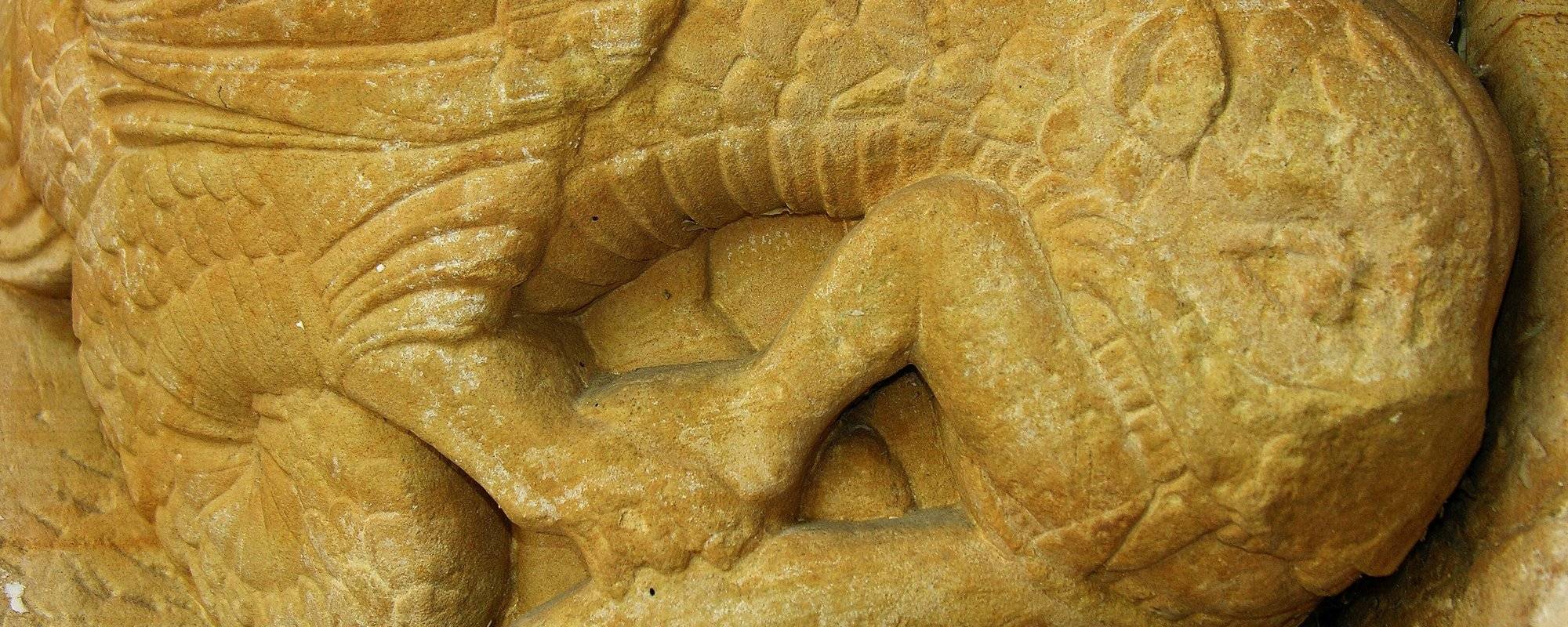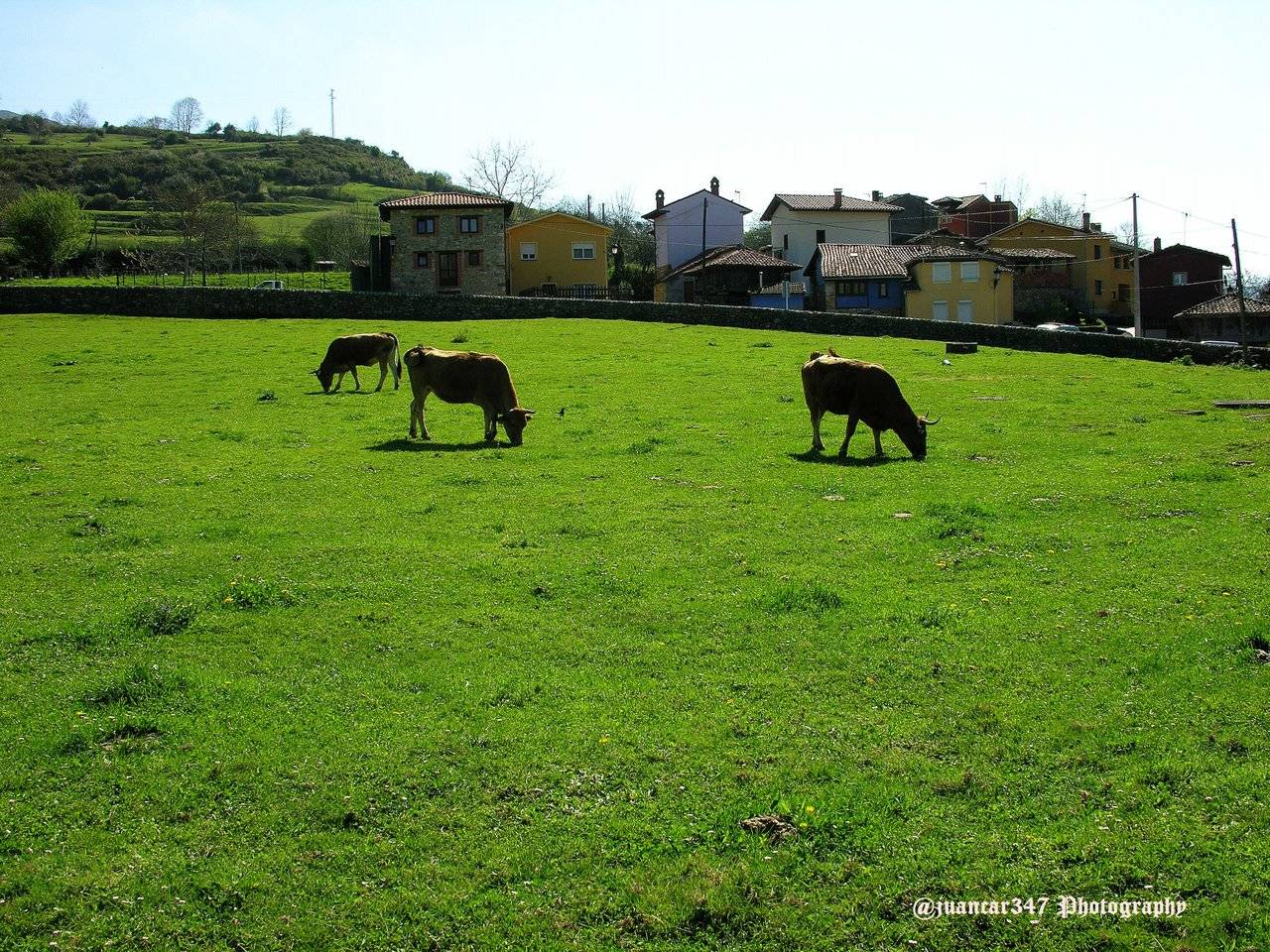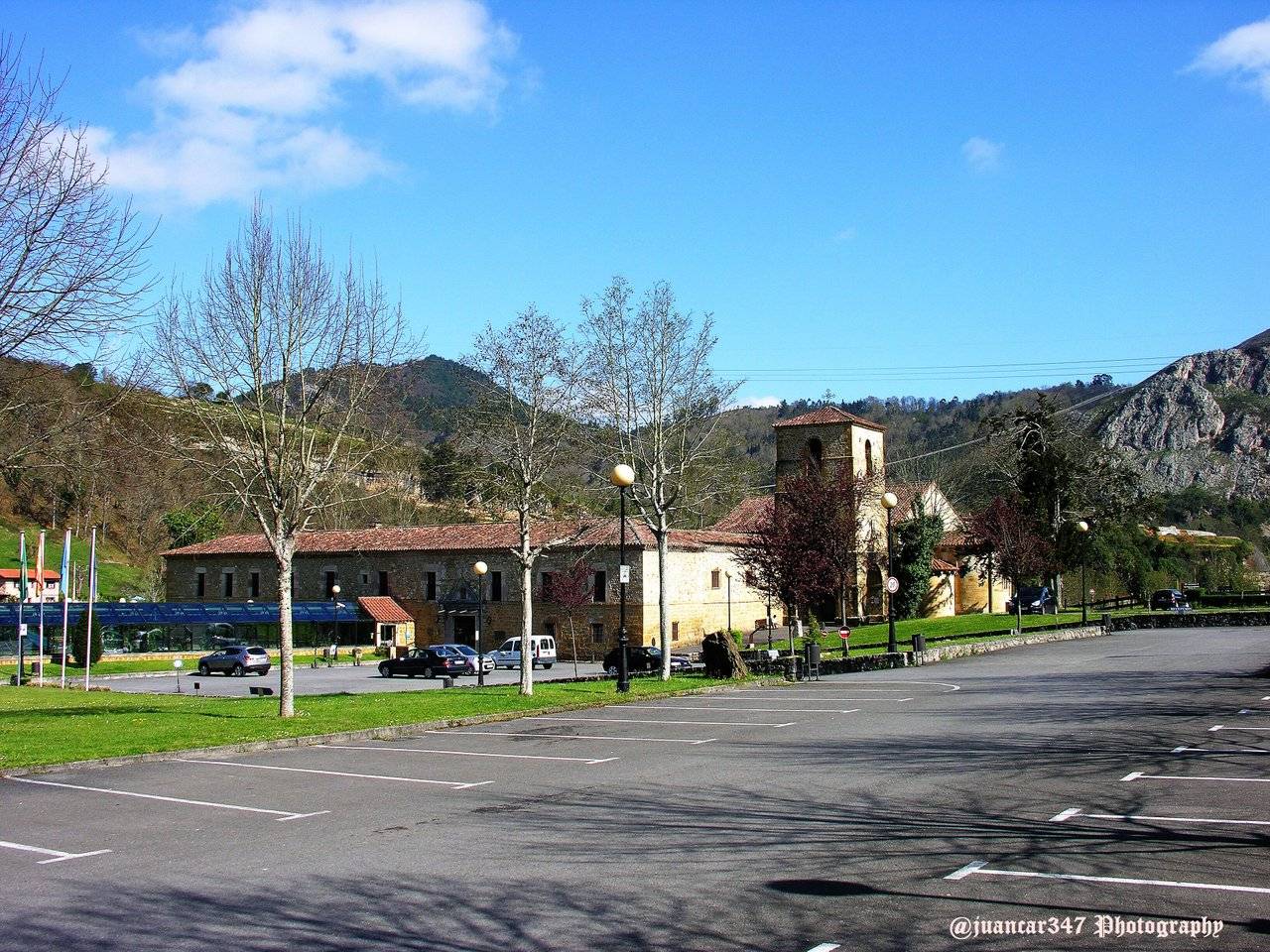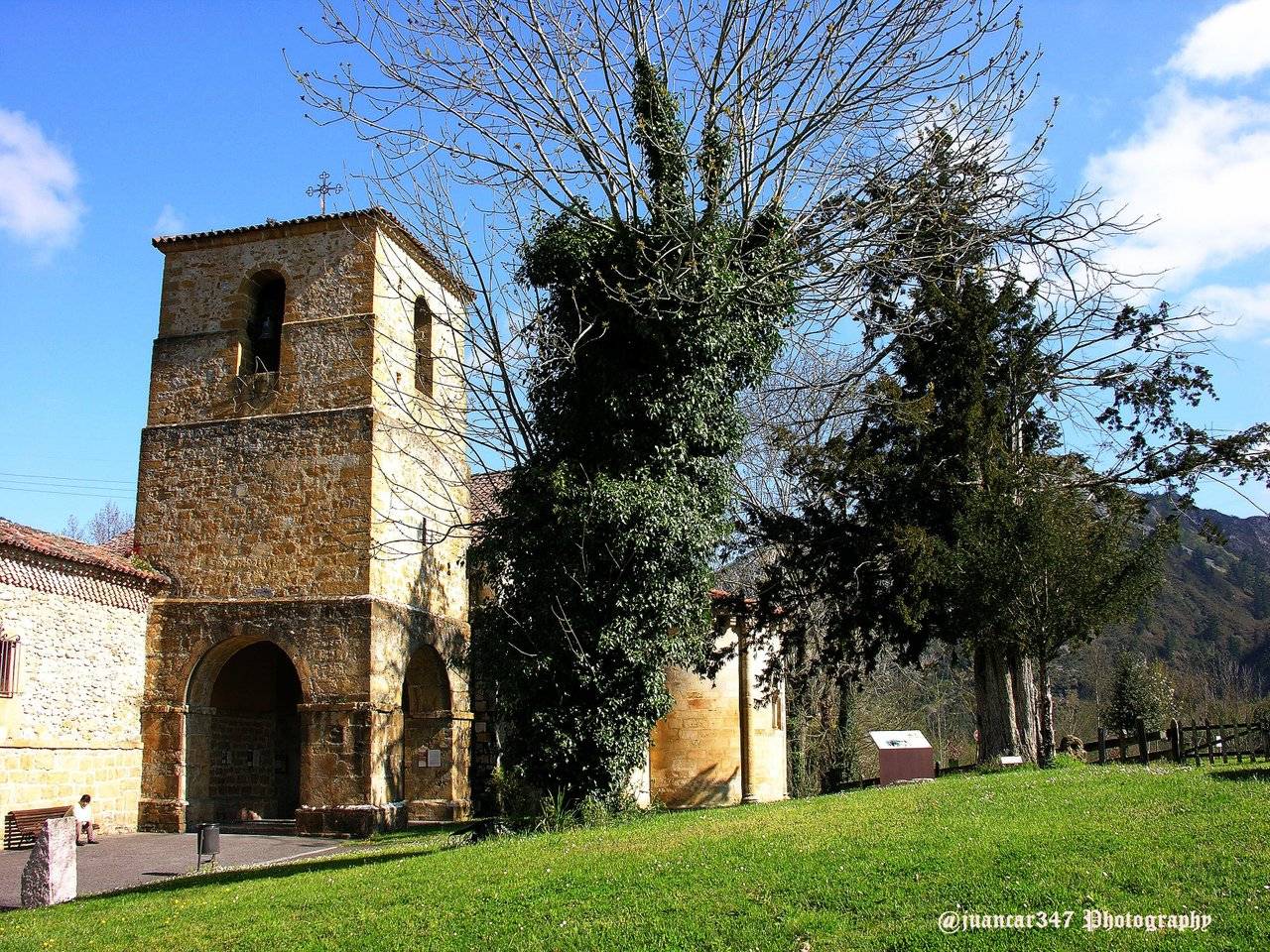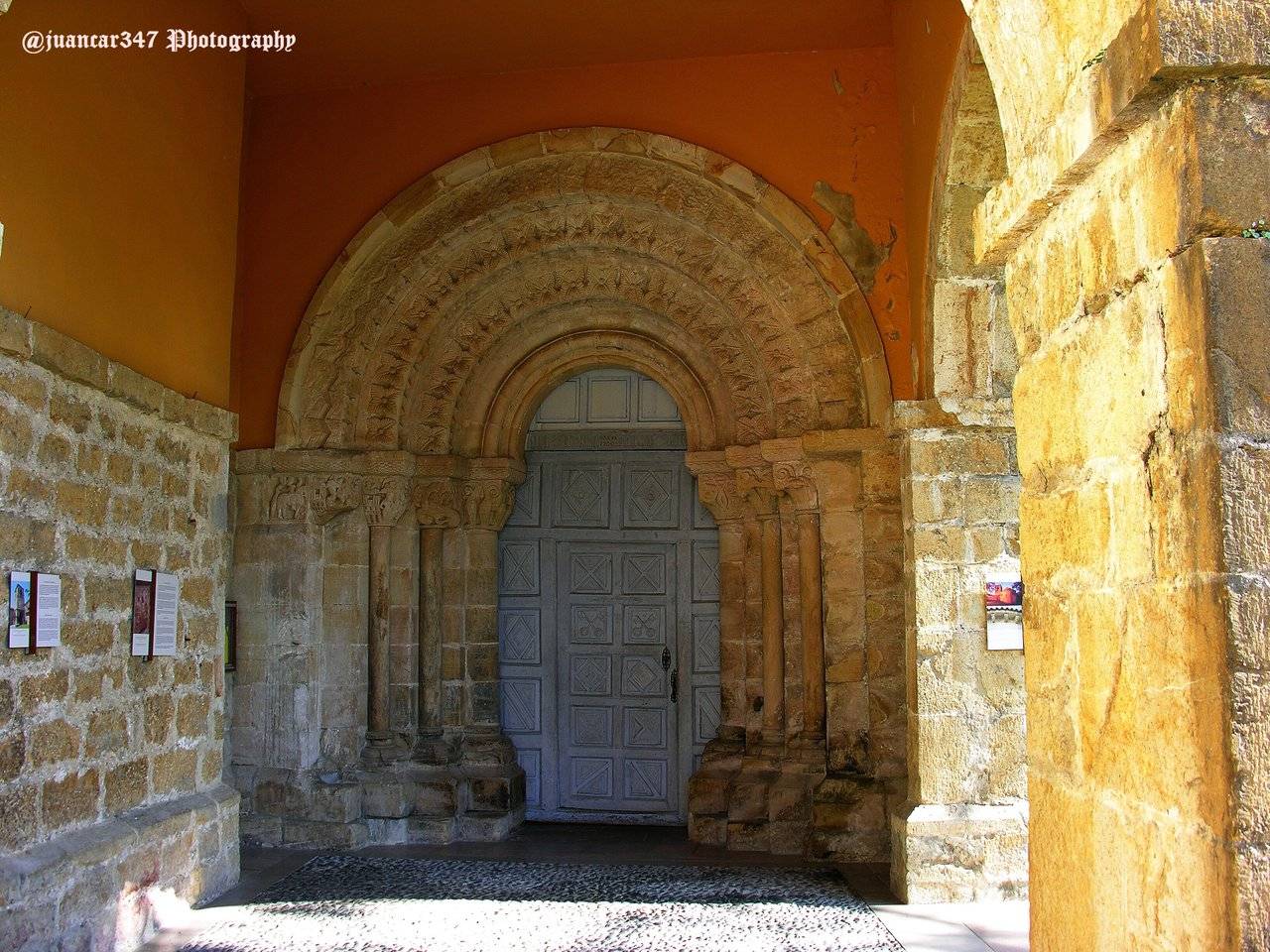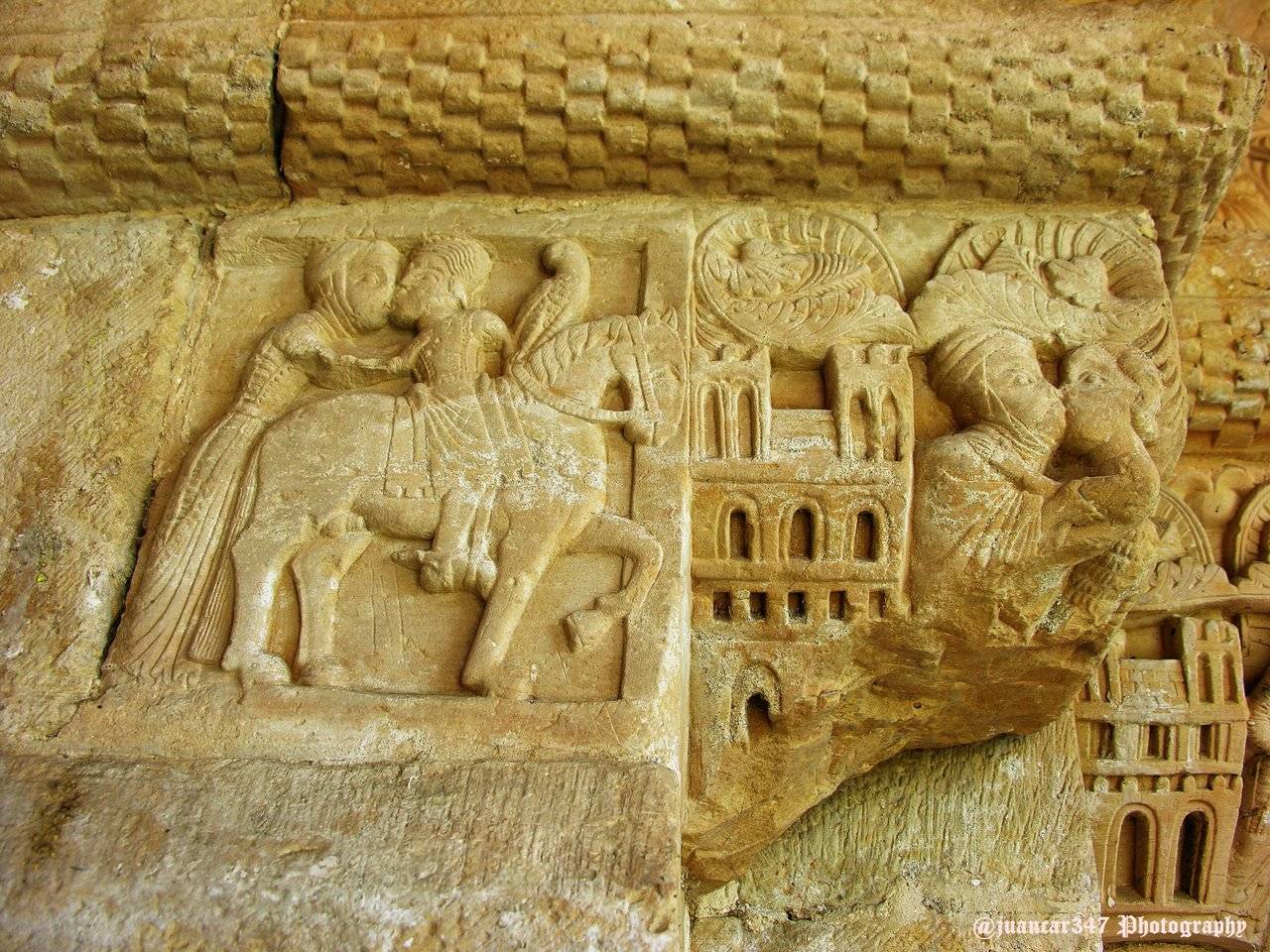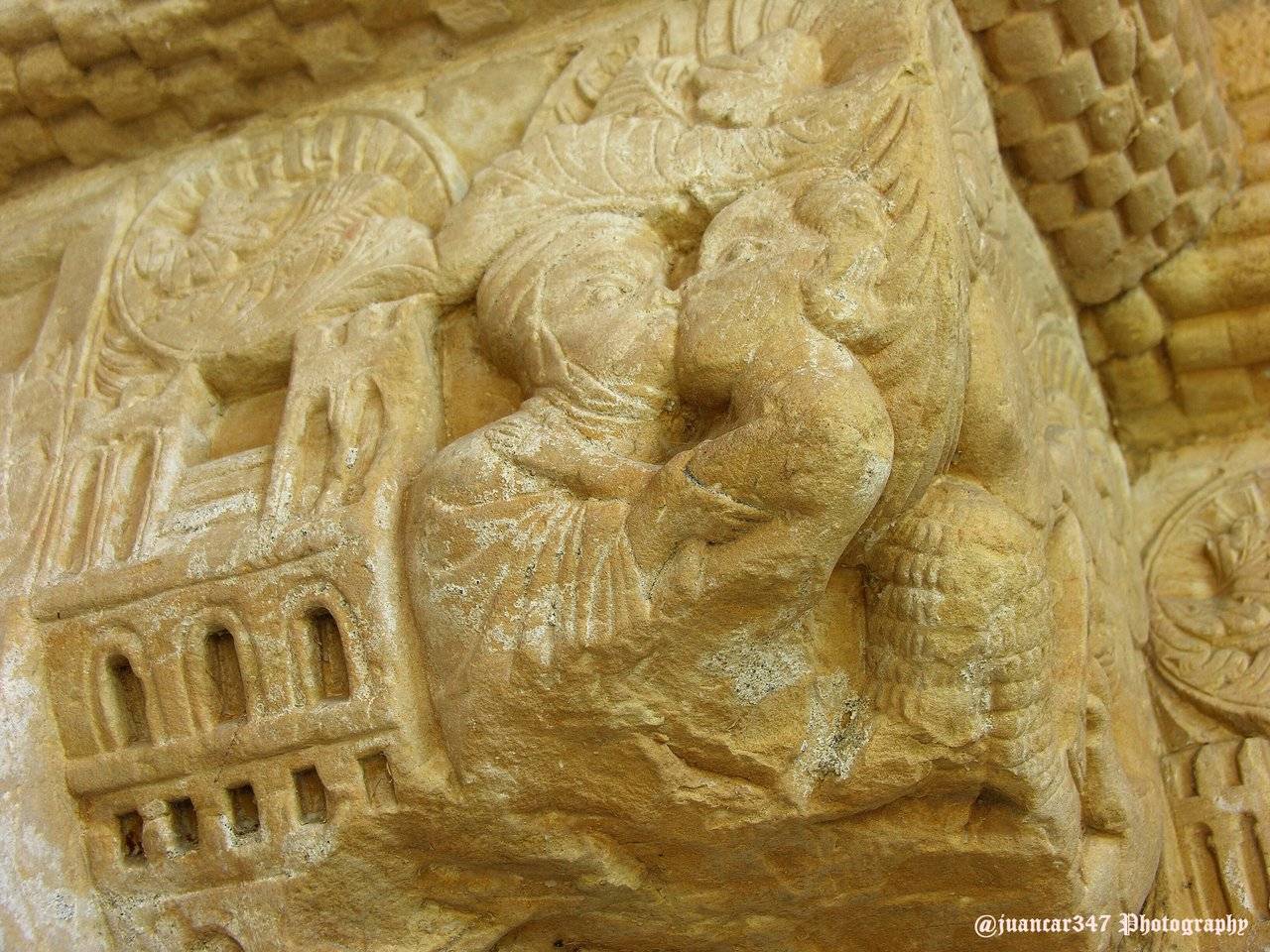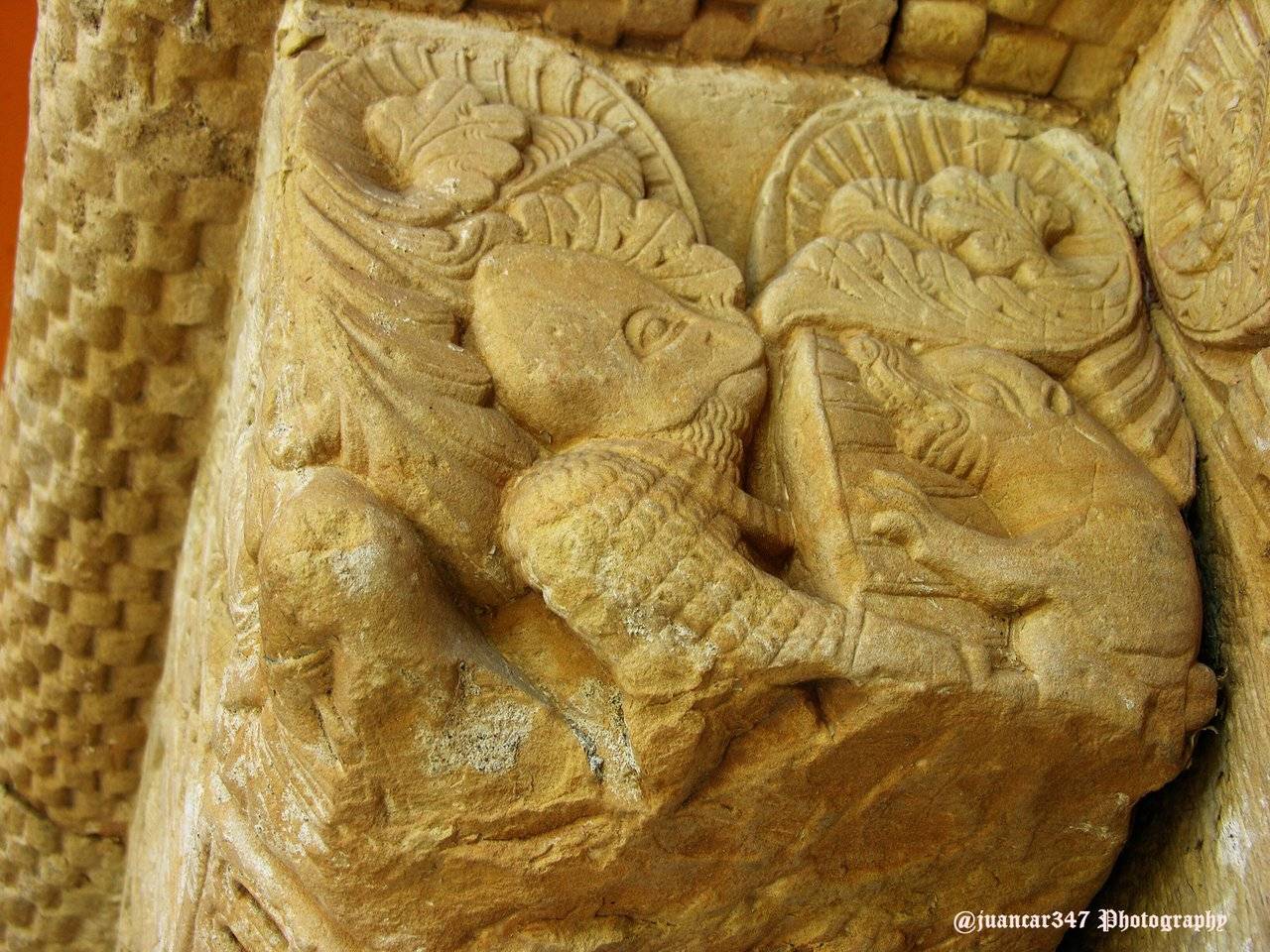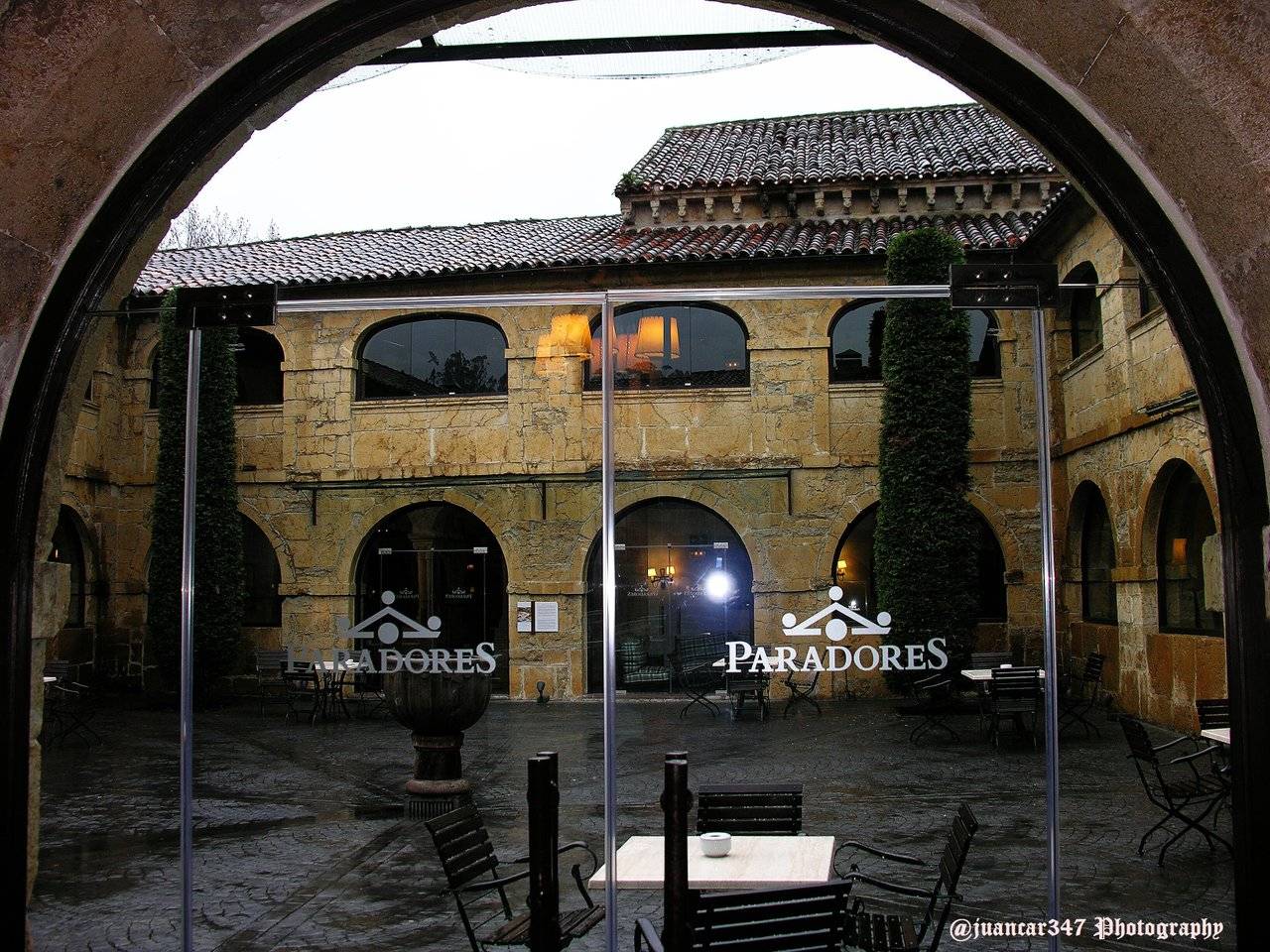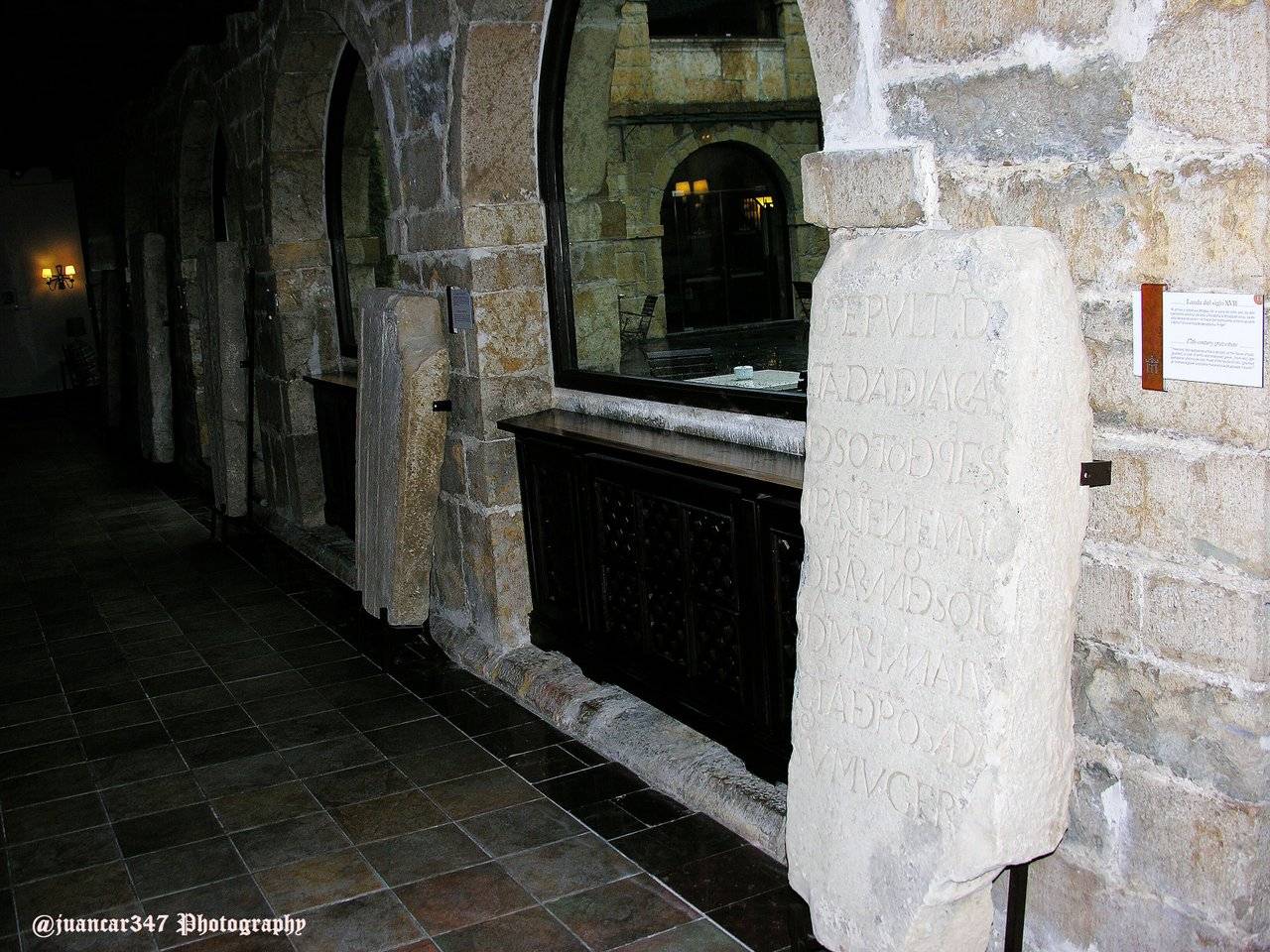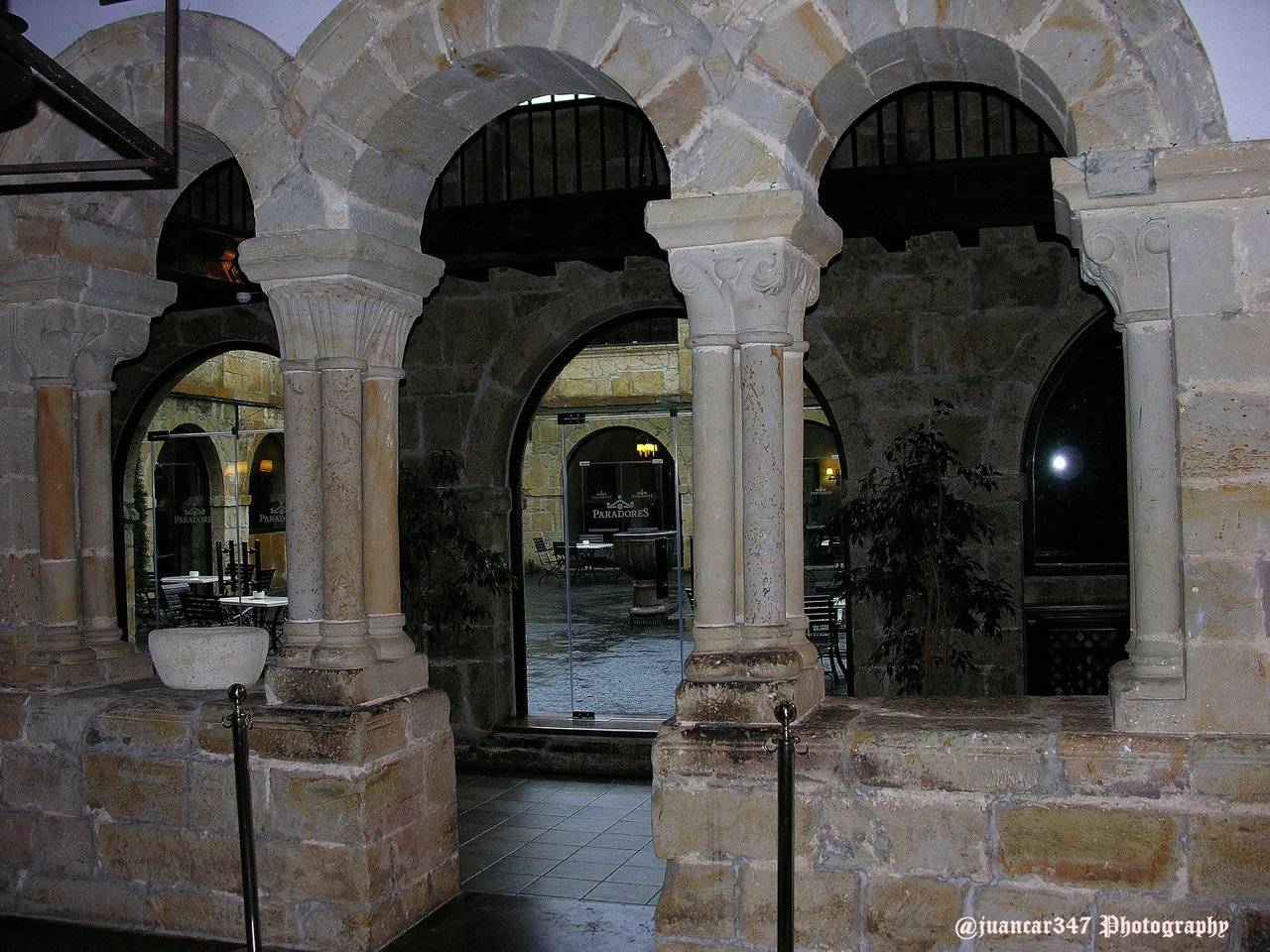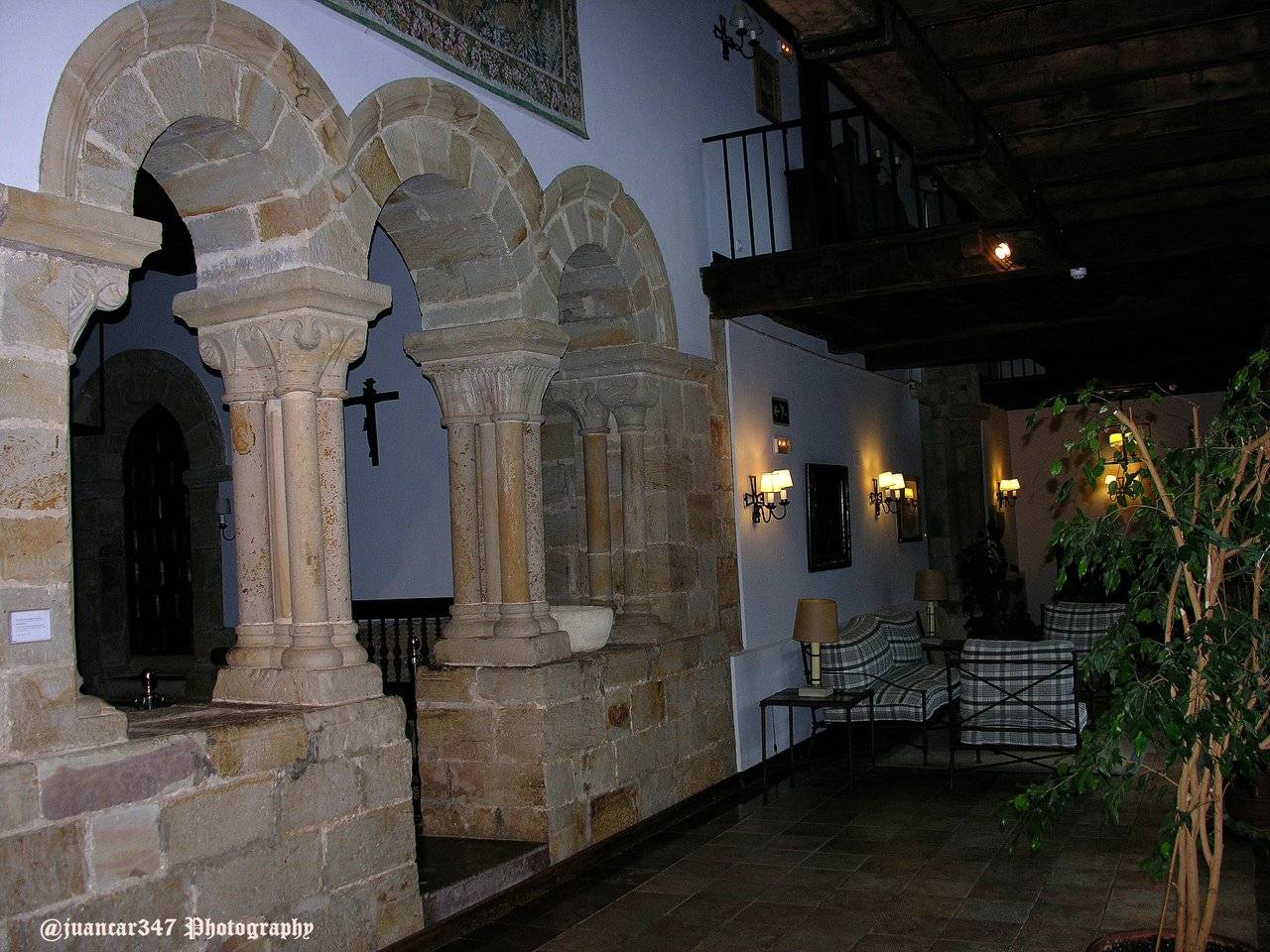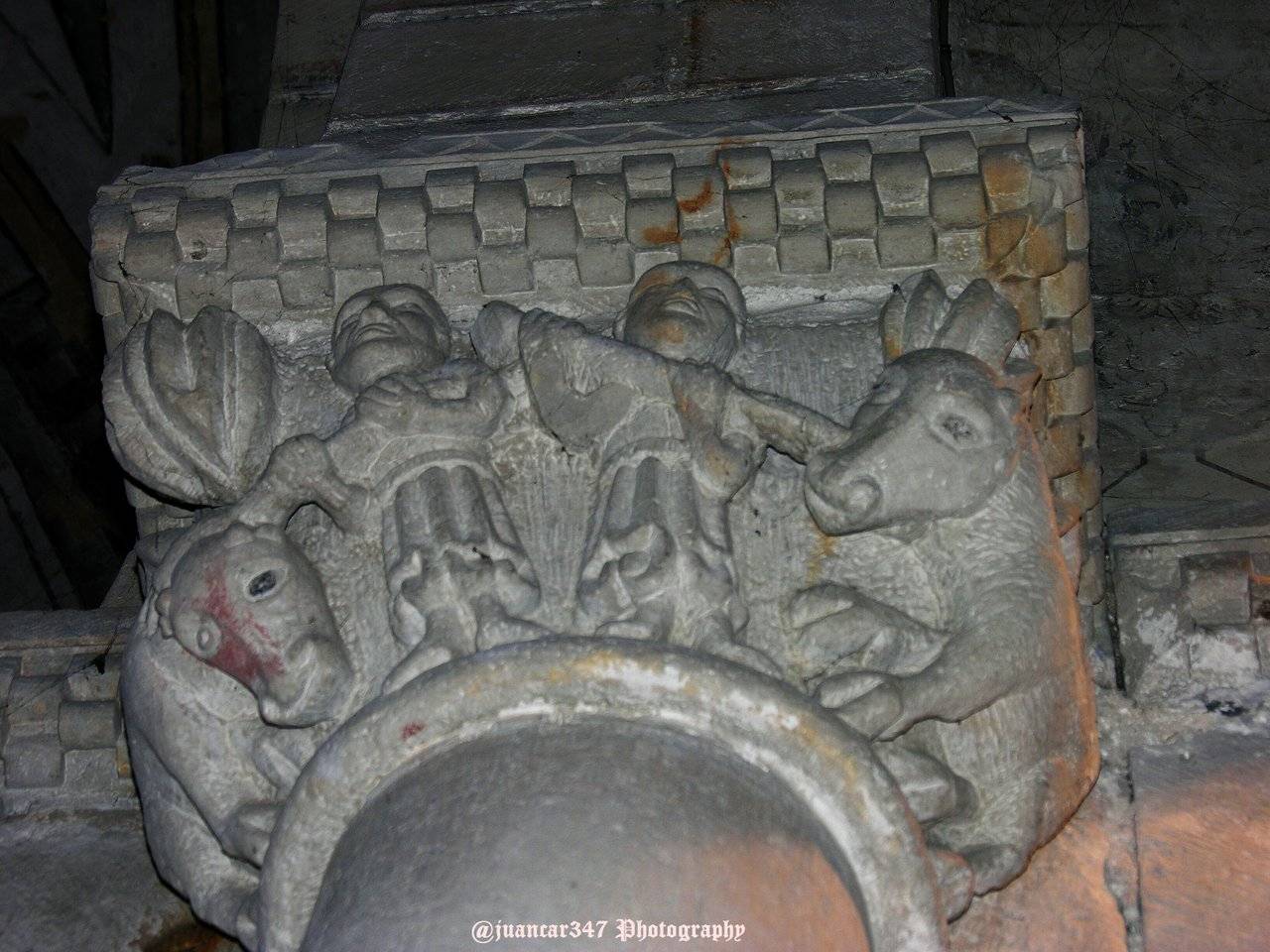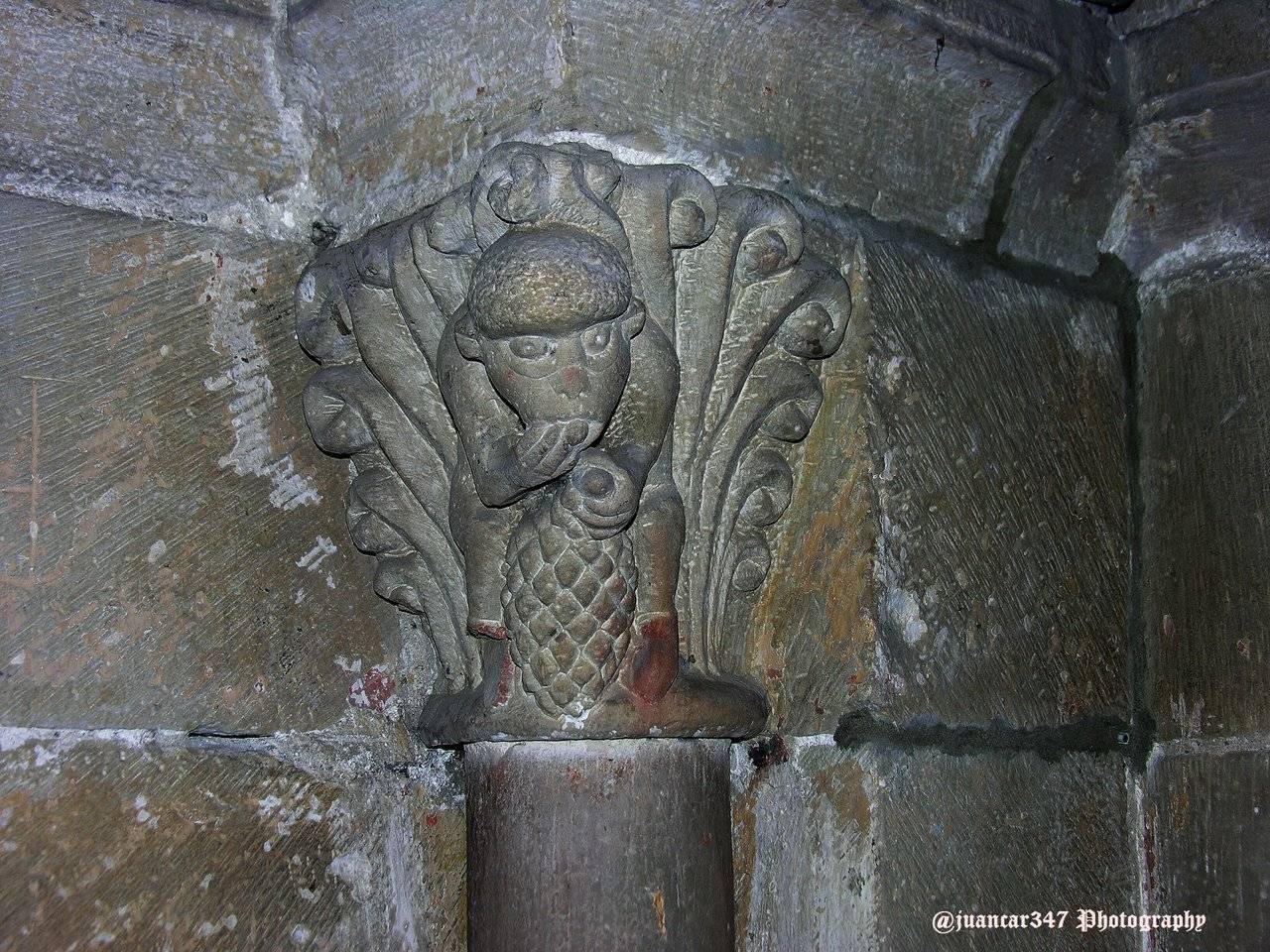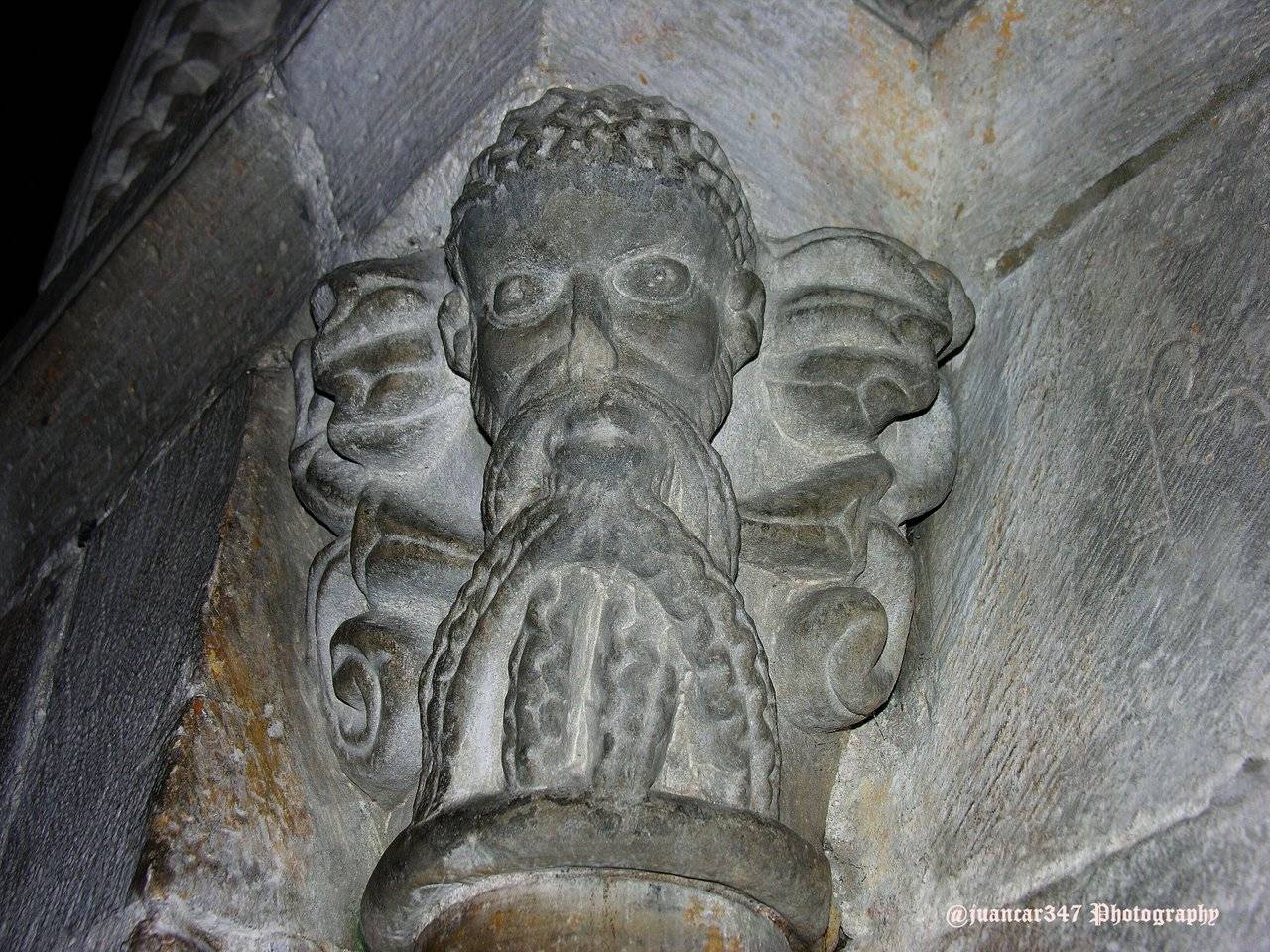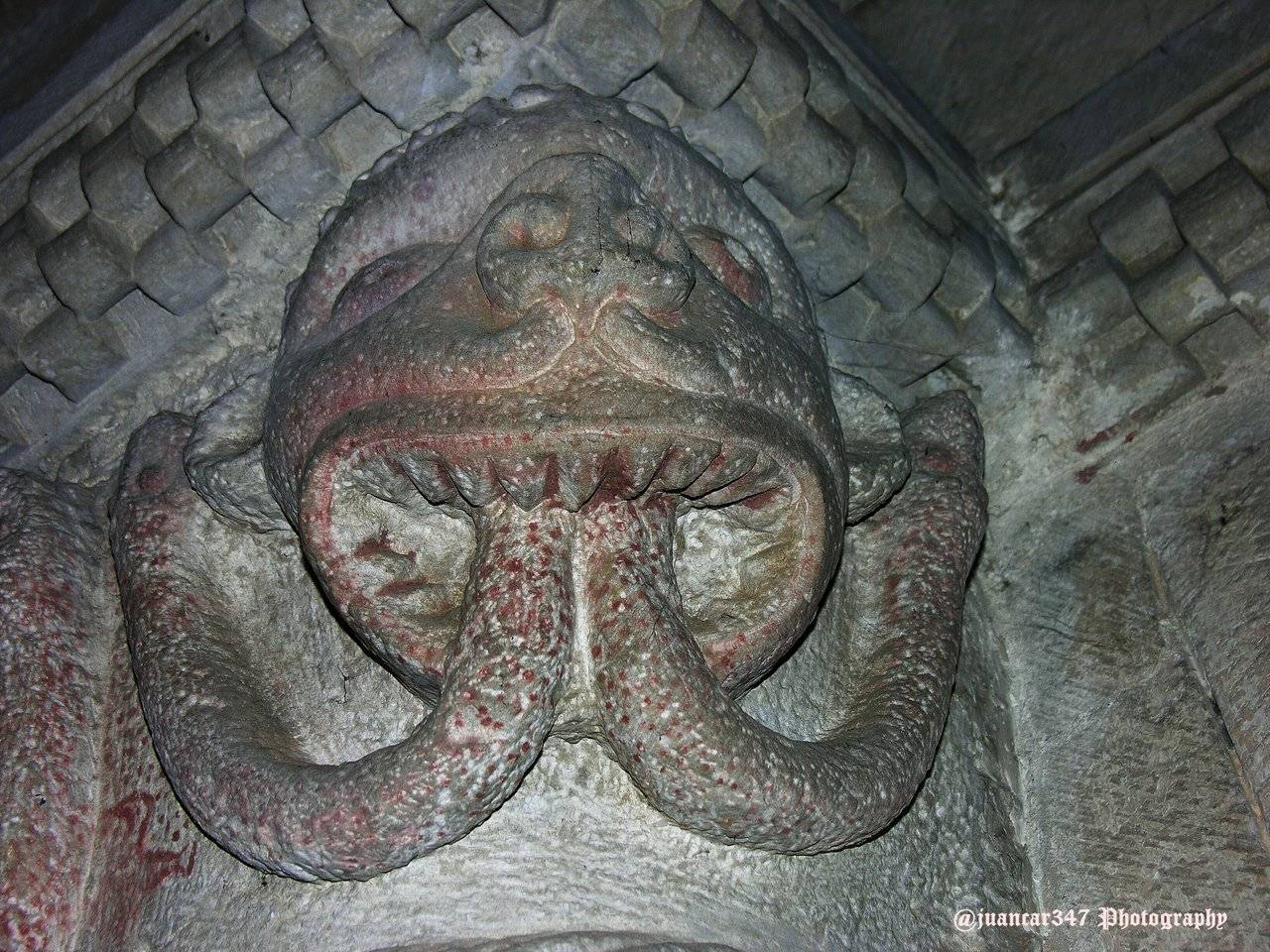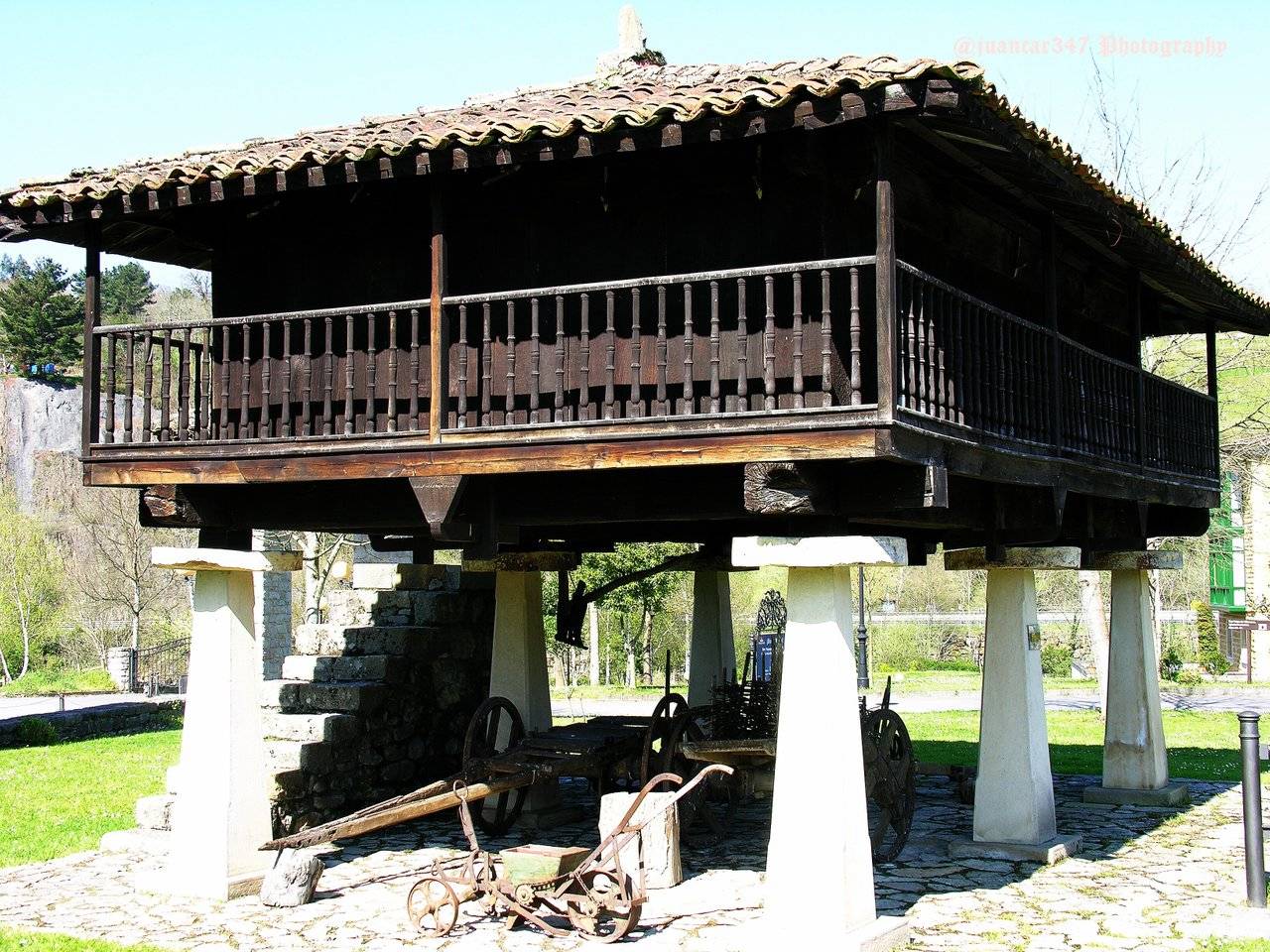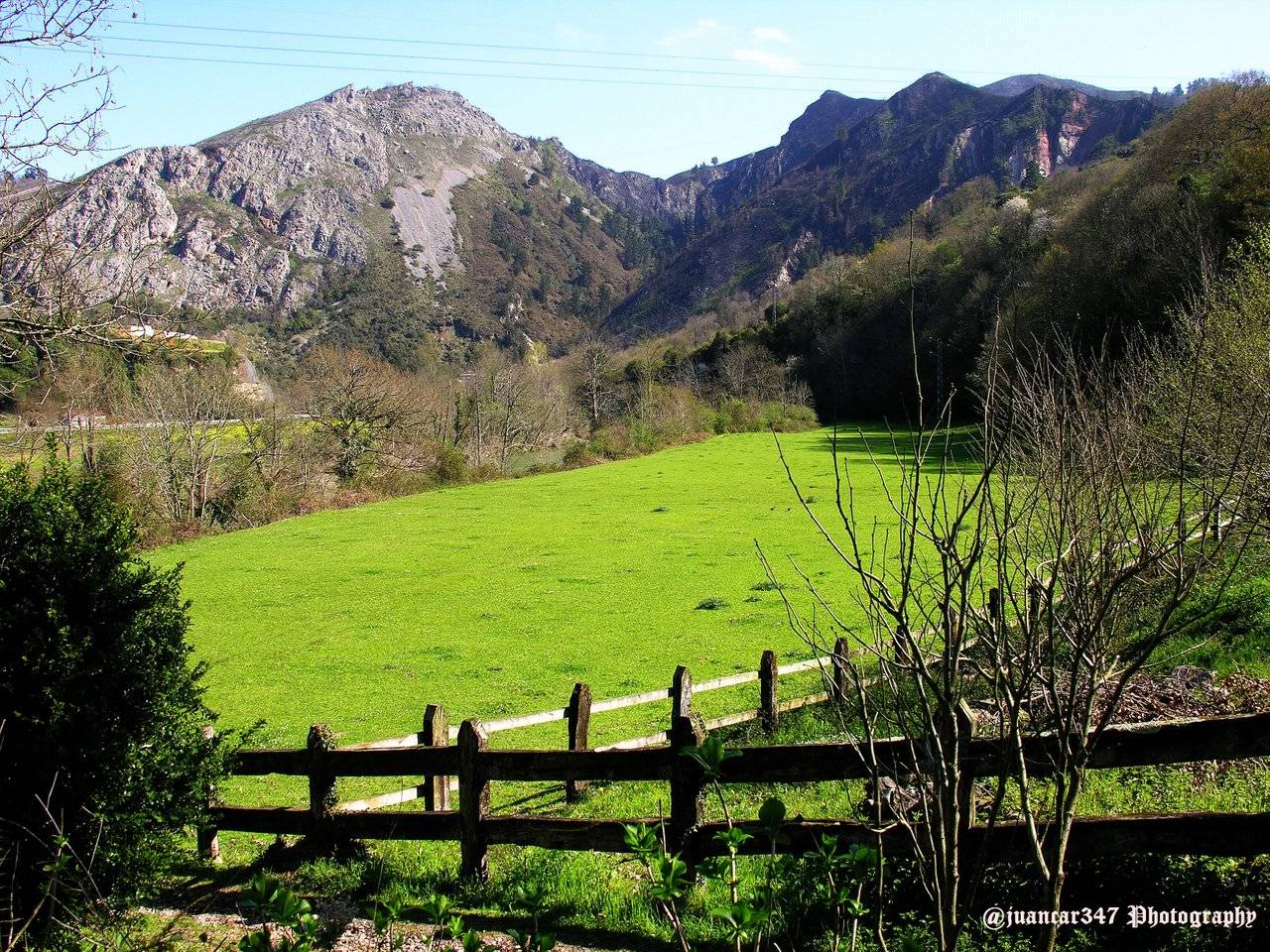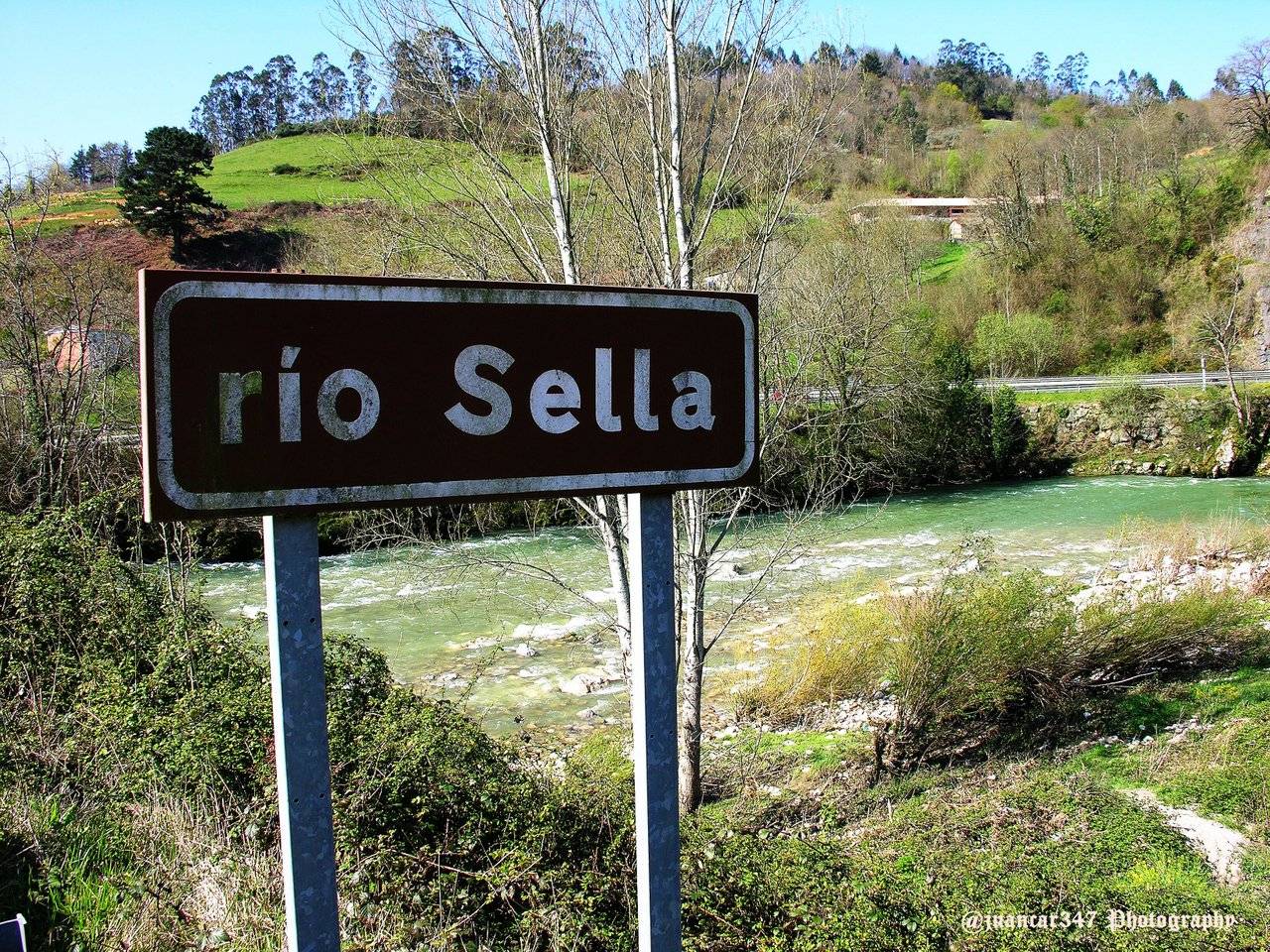'In the Cathedral of Asturias, myths are ornaments of their fountains, their paths, their forests ... And they do not hinder the prayer that rises in them, amazed as if it were a lark' (1).
Essential is made, at least for anyone who wishes to contemplate one of the greatest Romanesque jewels of the Principality of Asturias, a visit to the nearby town of Villanueva de Cangas, where the church is still preserved, in relative good condition, of what times out one of the most important monasteries of the nineties or more (2), which were erected on Asturian soil: that of San Pedro.
We have to place Villanueva, just two, at most three kilometers away from the Cangas de Onís Regia; and like this one, its fertile land is supplied with the primordial blessings of the mythical Sella. In fact, the place is accessed, crossing a bridge - unfortunately modern - that connects the two banks.
Today converted into the Parador Nacional de Cangas, the origins of this monastery have to be placed, at least, in the first decades of the Reconquest, attributing its foundation to King Alfonso I the Catholic and his wife Ermesinda.
However, the first written reference - and therefore, considered as a document - is offered to us by a tile found by the parish priest José Díaz Caneja, in which there is an inscription with the year of 1223, and the name of the abbot of that time: such Rodericus or Rodrigo.
It is curious that, back in 1075, when King Alfonso VII ordered to open the Ark with the Holy Relics brought by Saint Toribio of Jerusalem and that his predecessor, King Alfonso II the Chaste commanded to move from the Monsacro, place where they were hidden to save them from the Saracens to the cathedral of San Salvador de Oviedo, was present - apart from our Rodericus Campeador - another Rodericus, surnamed Sebastianiz, frater of not know for sure what mysterious order, although some advocate the Quenching.
Curious, likewise, when not shocking, it is the detail that the popular tradition does not refer to Alfonso I the Catholic, and all see, in which perhaps it is the most well-known capital -the one of the knight's farewell- the representation of a king very remembered in the Principality.
He who, being Don Pelayo's son, was killed by a bear: Fafila or Favila. We must draw attention, precisely on this capital, because there is much that has been speculated about him. They emphasize, in the first place, being worthy of mention, the beauty of his work and his excellent state of conservation. It could also be considered as unique, the scene of the kiss between the gentleman and his lady.
Interpreted, generally, as a game of falconry, by the falcon that accompanies the knight-remember the Egyptian Horus, as well as the chthonic function of the bird-in a more symbolic and profound sense, one could glimpse, however, the inclusion of elements enough to study the possibility of finding ourselves before one of the so-called knights of the
Apocalypse or knight Cygnatus, of Celtic mythology, representative of the change or revelation; a spokesman, roughly speaking, announcing the end of a cycle and the beginning of a new one: the end of the Old Religion and the beginning of a new religion, based on the principles of emerging Christianity.
While it is true that generally one of the details that allows the knight in question to be identified as apocalyptic -like the traditional San Miguel- is the presence of a monster or demon under the horse's hooves, this element, in the case of the capital that occupies to us, is located in the continuation of the capital, where it is noticed that terrible serpent or dragoon, that connects directly with the own mythology of the place, of Celtic character, in the figure of the terrible Cuélebre.
The birds, figures always present in the Romanesque iconography, are accompanied, in the capital that continues the series, of a symbol present in the soul archetypes of humanity since the dawn of time: the spiral.
But if the iconography that makes up the symbolic menstruation of the porch of access to the temple seems rich and surprising, it is inside this where our surprise increases, to check the symbolic variety of the capitals attached to the apse and the chapels of the Epistle and of the Gospel, where the Magister Muri challenges us to an interpretation possibly deeper than that, apparently simple definition of vices and virtues and its mixture of pagan elements, may induce us to look back and remember that change already announced by the apocalyptic knight of the entrance porch.
The excellent quality of his work, where it is clear that the anonymous stonecutter took care of the smallest detail -which is easy to verify, for example, in that extraordinary capital that shows the figure of a monkey devouring a pineapple- remember those others that they locate inside the temple of Santa María, in Villanueva de Teverga, and even, strictly purifying the message-quality sense, those of San Vicente de Serrapio, in the council of Aller.
Here also, in this monastery of San Pedro, as in Santa María de Villanueva, in Teverga, the presence of birds, like the oca, reminds us -part of its custody function- that we are immersed in that imaginary initiatory board that in the background It is the Way of the Stars; a road, which leads to the Campus Stelae and even beyond, the mysterious Finis Terrae, where the primitive Celtic road ended.
On the other hand, and unlike those snakes that feed on female breasts, representative, generally, of the Great Mother Goddess or Mother Earth, the snakes that sprout from the mouth of a monstrous head, can be a clear indication related to the sin of lust.
Other capitals, refer to everyday scenes, including that of the wild boar hunting, where apart from this, also appear notably symbolic animals and sacred, such as the bull or the cow.
Externally, the interesting symbolism underlying the superb rows of corbels and metopes that are distributed in the apse and apsidioles deserves special mention - due to its rarity, it is worth noting that the disconcerting element that looks like the wheel of a tractor - including those of an erotic nature, and even that one that represents the head of a dragon throwing fire by its jaws, of identical invoice to the one that is located between the canecillos of the porch of entrance to the church of San Esteban de Sograndio, located in the neighborhoods of Oviedo. It would also be advisable to take a careful look at the ashlars, where you can also see numerous and no less interesting stonework marks.
In short, we can consider this monastery of San Pedro, not only as a superb example of quality Asturian Romanesque, but also as an extraordinary place, in which to escape and let time run, submerging us unhurriedly in the exorbitant amount of details containing.
Notes, References and Bibliography:
(1) Constantino Cabal: 'The Asturian Mythology: The Gods of Death', facsimile edition of Editorial Maxtor, 2008, page 15.
(2) Data provided by Don Felix de Aramburu and Zuloaga, in his work 'Monograph of Asturias, Asturian Historical Library, Silveria Cañada Editor, 1st edition, August 1989, who in Chapter III, page 141 echoes the data, picking it up from the Chronicle of San Benito, from Father Yepes.
NOTICE: Originally published in my blog ROMÁNICA, ENIGMAS DEL ROMÁNICO ESPAÑOL. Both the text and the photographs that accompany it are my exclusive intellectual property. The original entry, where you can check the authorship of juancar347, can be found at the following link: https://juancar347-romanica.blogspot.com/2012/07/una-joya-del-romanico-asturiano-el.html
Te invito a conocer el mundo del que estoy enamorado.
Image © juancar347. All Rights Reserved.
Original content by @juancar347
Discord
juancar347#4046
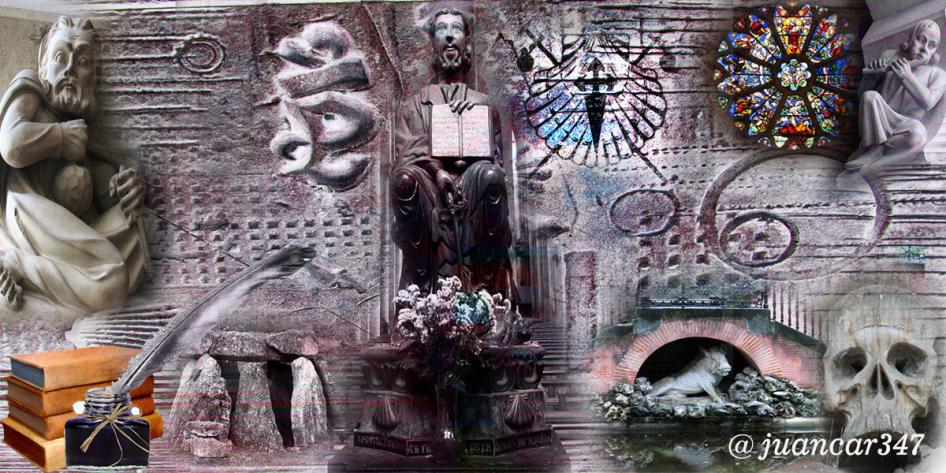
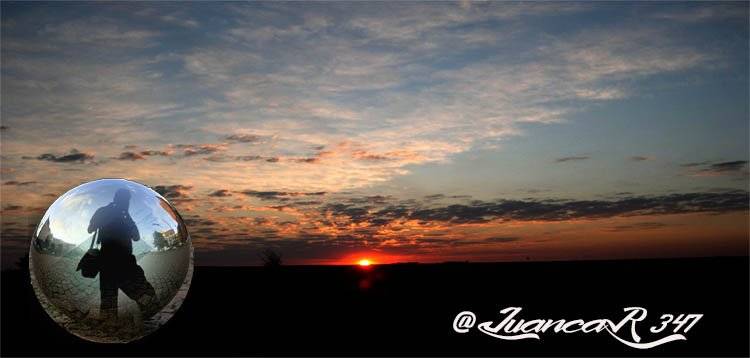
[Martial, latin poet]
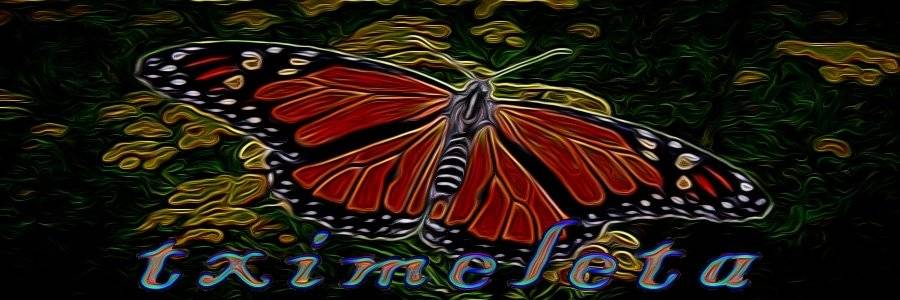
Toca la imagen y participa.
Diviértete y disfruta.
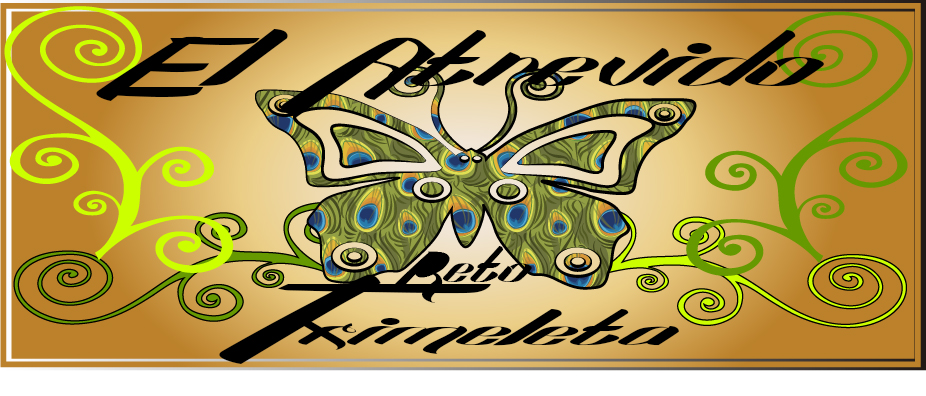
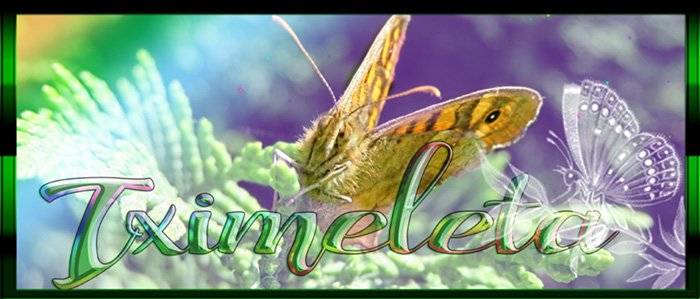
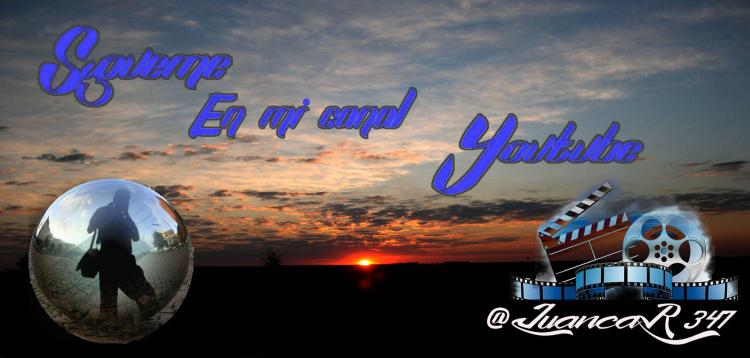
Travel Resources for your trip to Spain
Recommended by TravelFeed
Flights: We recommend checking Kiwi.com to find the best and cheapest flights to Spain.
Accomodation: Explore the best places to stay in Spain on Booking.com, Agoda and Hostelworld.
Travel Insurance: Medical emergencies abroad can be pricey, but travel health insurance is not. We always use SafetyWing for affordable and reliable coverage.
Car Rental: For hassle-free car hiring, DiscoverCars is our trusted choice with a wide selection of vehicles.
Internet: Got an eSIM compatible phone? Airalo is perfect for reliable internet access during your trip. Just install it before you go, and you're set!
Day Trips & Tours: We recommend GetYourGuide for a variety of well-organized and enjoyable activities.
Travel Planner: Need a hand planning? Our free travel planner chatbot is your personal guide to Spain. Chat now.
Disclosure: Posts on TravelFeed may contain affiliate links. See affiliate disclosure.
